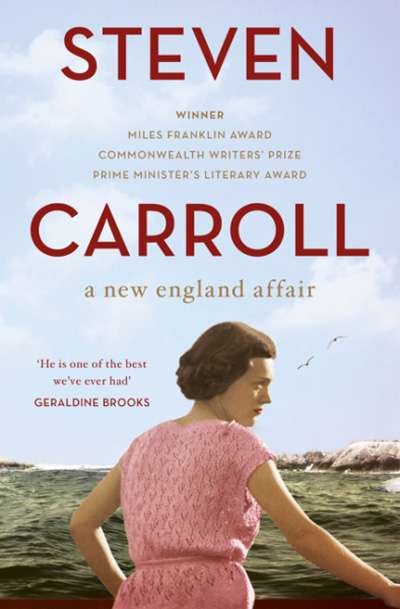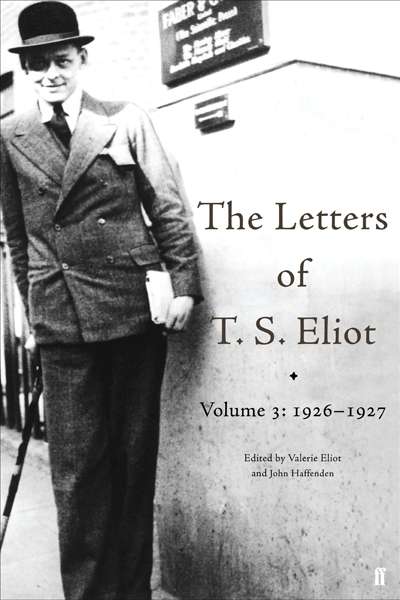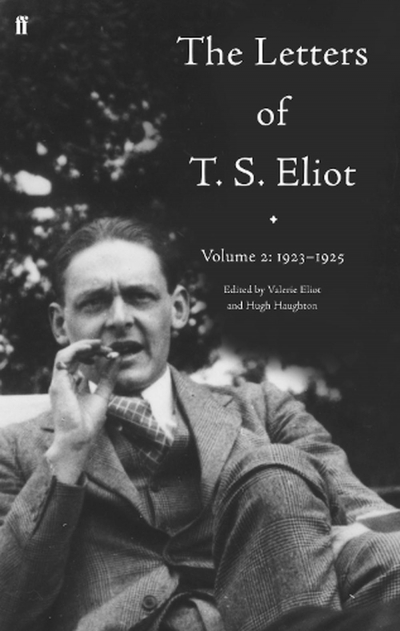TS Eliot
The Poems of T.S. Eliot edited by Christopher Ricks and Jim McCue & The Poems of T.S. Eliot edited by Christopher Ricks and Jim McCue
by Benjamin Madden •
Young Eliot: From St Louis to The Waste Land by Robert Crawford
by Andrew Fuhrmann •
The Letters of T.S. Eliot: Volume 3: 1926–1927 edited by Valerie Eliot and John Haffenden
by James McNamara •
The Letters of T.S. Eliot, Volume 2: 1923–1925 edited by Valerie Eliot and Hugh Haughton
by James Ley •







